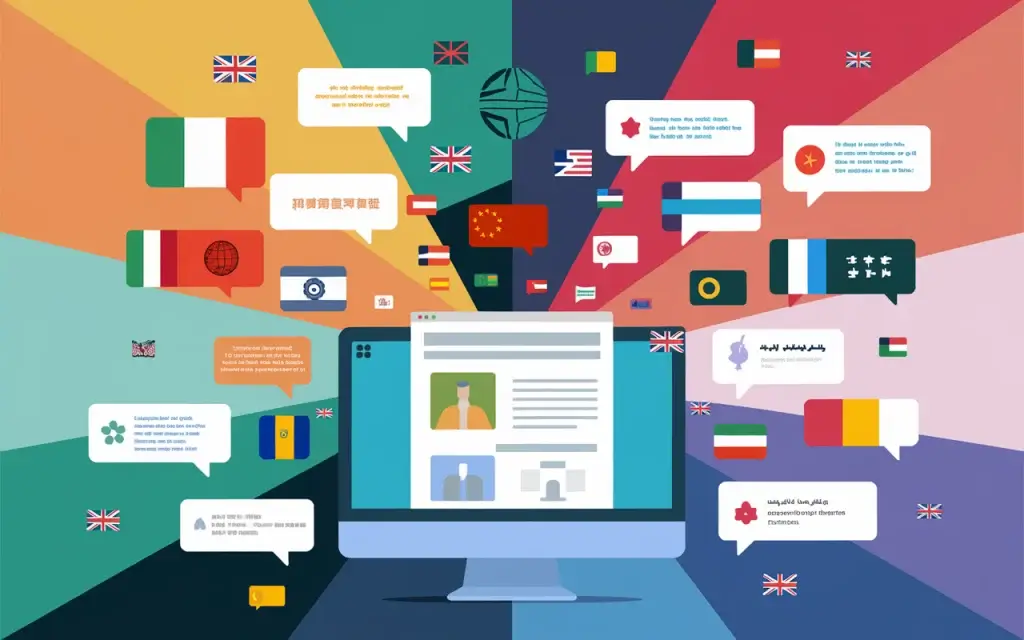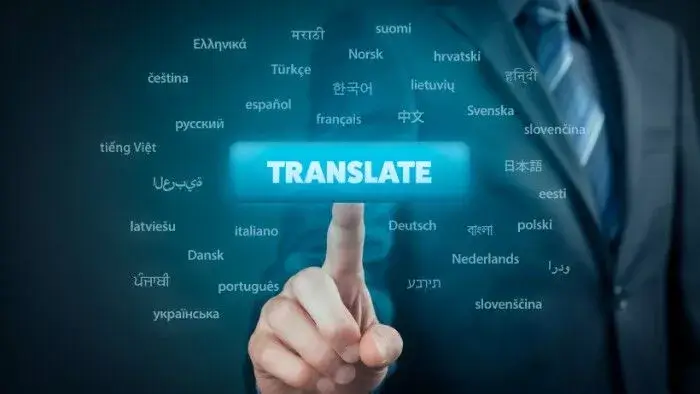Introduction
In our interconnected world, the ability to translate information has become more important than ever. Whether you’re a business expanding into new markets or an individual trying to understand content in a different language, translation is a critical skill. But what exactly is translation, and why does it matter so much in today’s world? Let’s dive deep into the art and science of translation.
What is Translation?
Translation is the process of converting text or speech from one language into another while preserving the original meaning. It’s not just about swapping words but about ensuring that the message remains accurate and comprehensible in the target language. Unlike interpretation, which deals with spoken communication, translation focuses on written text.
Why Translation is Important
Translation serves as a bridge, connecting people from different cultures and linguistic backgrounds. Here’s why it holds such importance:
- Bridging Communication Gaps: Translation allows people who speak different languages to communicate effectively, breaking down barriers that would otherwise hinder understanding.
- Enhancing Business Opportunities: For businesses, translation can open up new markets, allowing them to reach a global audience and adapt their messaging to local contexts.
- Promoting Cultural Understanding: By translating literature, films, and media, cultures can share their stories with the world, fostering empathy and appreciation for different ways of life.
Types of Translation
Translation comes in various forms, each catering to specific needs:
- Literary Translation: Involves translating novels, poems, and plays. It requires a deep understanding of the cultural context and artistic nuances.
- Technical Translation: Focuses on manuals, guides, and product instructions. Precision is key here, as any misinterpretation can lead to misunderstandings or even hazards.
- Legal Translation: This involves translating contracts, court documents, and legal agreements. A misinterpreted clause can have significant legal consequences.
- Medical Translation: Concerns medical reports, research, and pharmaceutical information. Accuracy is paramount, as it deals with sensitive and potentially life-saving content.
- Website and Software Translation: Often involves localization—adapting content to suit the language and cultural preferences of a specific audience. It’s crucial for apps, websites, and digital products to feel native to their users.
Key Elements of a Good Translation
A high-quality translation goes beyond literal accuracy. Here’s what makes a translation truly effective:
- Accuracy: Ensuring the translated text conveys the same message as the original.
- Cultural Sensitivity: Adapting content to the cultural context of the target audience, ensuring it is both respectful and relevant.
- Clarity and Readability: The translated text should be easy to understand, without awkward phrases or unnatural expressions.
Challenges in Translation
Translators often face unique challenges that require both skill and creativity:
- Linguistic Differences: Each language has its own grammar, syntax, and idiomatic expressions, making direct translation tricky.
- Cultural Nuances: Translators need to be aware of cultural differences to ensure their translations are appropriate for the target audience.
- Maintaining Original Meaning: Some concepts or humor simply don’t translate well, and finding equivalent expressions can be a challenge.
Tools and Software for Translation
Technology has transformed the way we translate, offering various tools to aid the process:
- Machine Translation Tools: Platforms like Google Translate and DeepL can quickly translate short texts, but they may lack the nuance of a human translator.
- Computer-Assisted Translation (CAT) Tools: Tools like SDL Trados and MemoQ assist professional translators by providing translation memory and terminology management.
- Online Dictionaries and Resources: Websites like Linguee and WordReference help translators find the best equivalent words and phrases.
Machine Translation vs. Human Translation
Each approach has its pros and cons:
- Machine Translation: Quick and cost-effective but often lacks the finesse and cultural sensitivity of human translation. It’s suitable for getting the gist of a text but not for detailed, professional work.
- Human Translation: More accurate and nuanced, particularly for complex texts. However, it can be time-consuming and costly.

Best Practices for Translators
Whether you’re just starting or have been in the field for years, these practices can help you improve:
- Understanding the Source Material: A thorough grasp of the original text is crucial for accurate translation.
- Continuous Learning and Improvement: Languages evolve, and so should your skills. Stay updated with new terms and trends.
- Staying Updated with Industry Trends: Understanding the latest tools and methods in translation can give you an edge.
How to Become a Professional Translator
If you’re interested in a career in translation, here’s how to get started:
- Education and Certification: A degree in translation or linguistics can be a great starting point. Certifications like ATA (American Translators Association) can enhance credibility.
- Building a Portfolio: Showcase your skills by translating diverse texts and gathering client testimonials.
- Joining Professional Networks: Networking with other translators can lead to job opportunities and industry insights.
The Role of AI in Translation
AI is making waves in the world of translation, offering new possibilities:
- How AI is Shaping the Future of Translation: AI tools can handle large volumes of text quickly, making translation more accessible.
- Benefits and Limitations of AI Translation Tools: While AI can translate basic content, it often struggles with nuanced language and context.
Translating Different Languages
Some languages present unique challenges:
- Commonly Translated Languages: English, Spanish, Chinese, and French are among the most translated languages, each with its own challenges.
- Unique Challenges in Specific Language Pairs: Some languages lack direct equivalents for certain concepts, making translation a creative process.
The Future of Translation
What does the future hold for the translation industry?
- Emerging Trends in the Translation Industry: From voice recognition to real-time translation, technology is reshaping how we communicate.
- The Growing Demand for Multilingual Content: As businesses and individuals become more global, the demand for translation services continues to rise.
Translation in Everyday Life
Translation touches many aspects of our daily routines:
- Travel and Tourism: Translating travel guides, signs, and menus helps tourists navigate new places.
- Social Media and Online Communication: People use translation tools to connect with friends and audiences around the world.
- Academic and Research Work: Scholars rely on translation to access research published in other languages, broadening their knowledge.
Conclusion
Translation is more than just converting words—it’s about connecting cultures, fostering understanding, and opening up opportunities. In a world that’s more connected than ever, the ability to translate accurately and thoughtfully is invaluable.
FAQs
- What is the difference between translation and localization?
Localization involves adapting content to suit the cultural and linguistic preferences of a specific region, while translation focuses on converting the language. - How accurate are machine translation tools?
Machine translation tools are good for basic translations but may struggle with nuance and context. - What qualifications do I need to become a translator?
A degree in translation or linguistics and certifications like ATA can boost your career prospects. - Can translation tools replace human translators?
Not entirely. Human translators bring cultural understanding and nuance that machines currently lack. - How long does it take to translate a document?
The time varies based on the length and complexity of the document and the languages involved.
